Logo redesigning is a sensitive matter. A change in the logo can mean a lot for a brand. It makes it look fresh, innovative, and appealing to customers. However, there are many examples of rebranding that have gone wrong and have made it worse than before. Logo rebranding comes with great responsibility and requires careful analysis at all stages of its development process. To help you avoid such mistakes when working on your next project, here are 12 successful logo redesigns that were redesigned to change their identity forever:
Logo Redesigns of Big Brands That Changed Their Identity Forever
1. Coca Cola
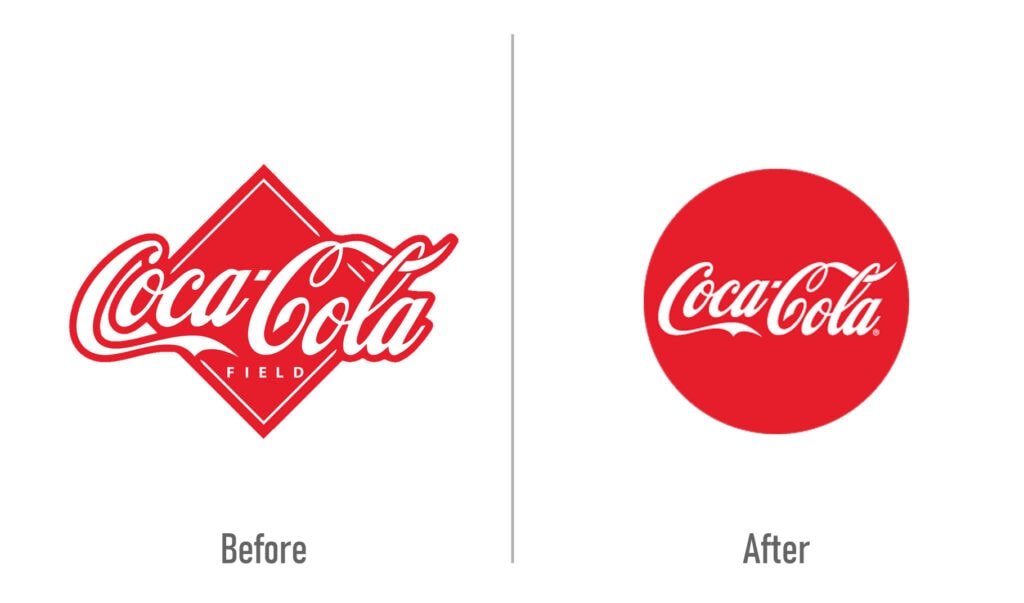
Since 1894, Coca-Cola has been one of the most recognized brands in the world. The company has been through many changes over the years, but its iconic logo has remained largely unchanged since 1886. In 2011, a design team led by Armin Vit at New York City’s VSA Partners was tasked with updating Coca-Cola’s brand identity.
The result is a simple, bold typeface that retains just enough of its predecessor to maintain continuity while adding an element of modernity and sophistication.
2. Kellogg’s
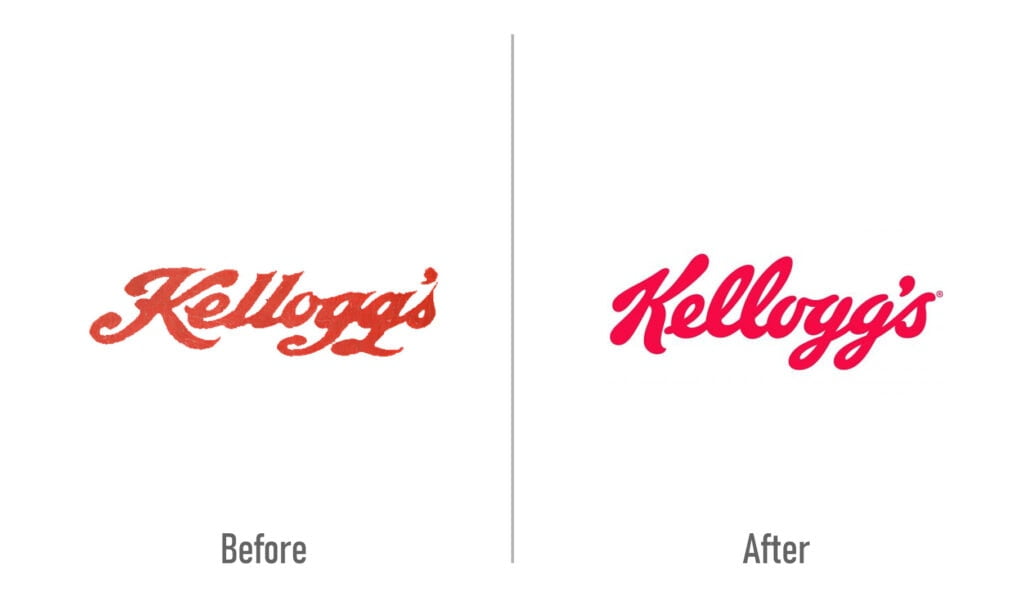
Kellogg’s is a cereal company. They’re the makers of Froot Loops, Corn Flakes, and Raisin Bran. In 2012 they decided to change their logo design from a wordmark to an icon. The new logo is more modern and more memorable and it’s easier for people who say things like “I want to eat some cornflakes” to remember which brand you mean when you say that.
The new logo is a great example of how a brand can leverage its brand identity by adapting it to different contexts. By using the same icon, Kellogg’s was able to create a consistent visual experience for consumers across all mediums—from packaging and advertisements to sporting events and billboards.
3. Apple
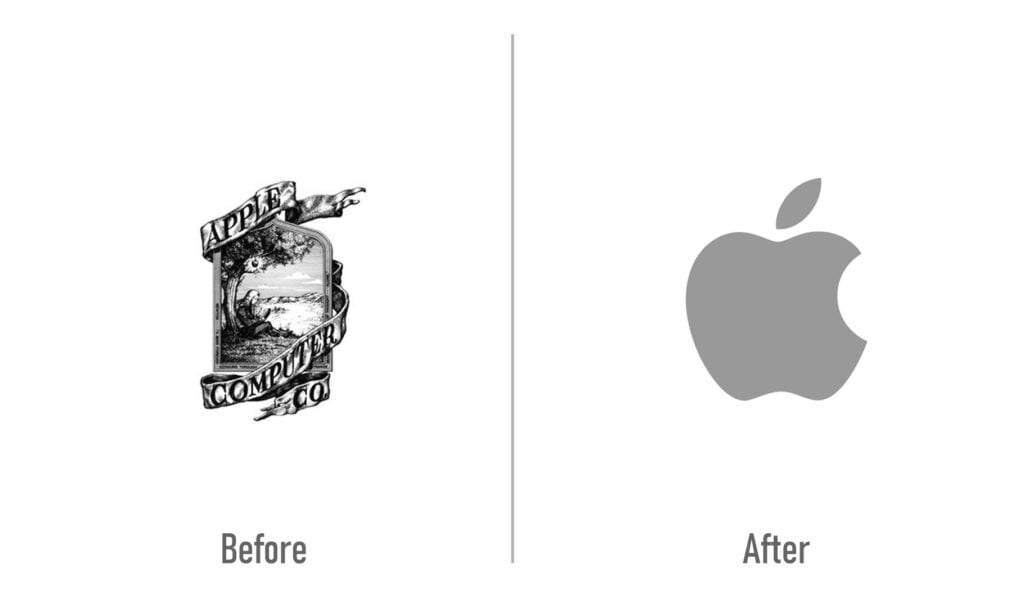
Apple’s first logo was a rainbow-colored apple with a bite out of it. The second update was to add the word “Computer” and replace the bite in the image with an arrow. The third change replaced “Computer” with “Macintosh,” and then the most recent change was to replace “Macintosh” with simply “Apple.”
The reason Apple has changed its logo so many times is that they are always looking for ways to improve its brand and make it more visually appealing to consumers. They want consumers all over the world to associate positive feelings when they see their brand name or logo, which is why they have made multiple adjustments over time in an attempt at getting closer than ever before.
4. Fanta
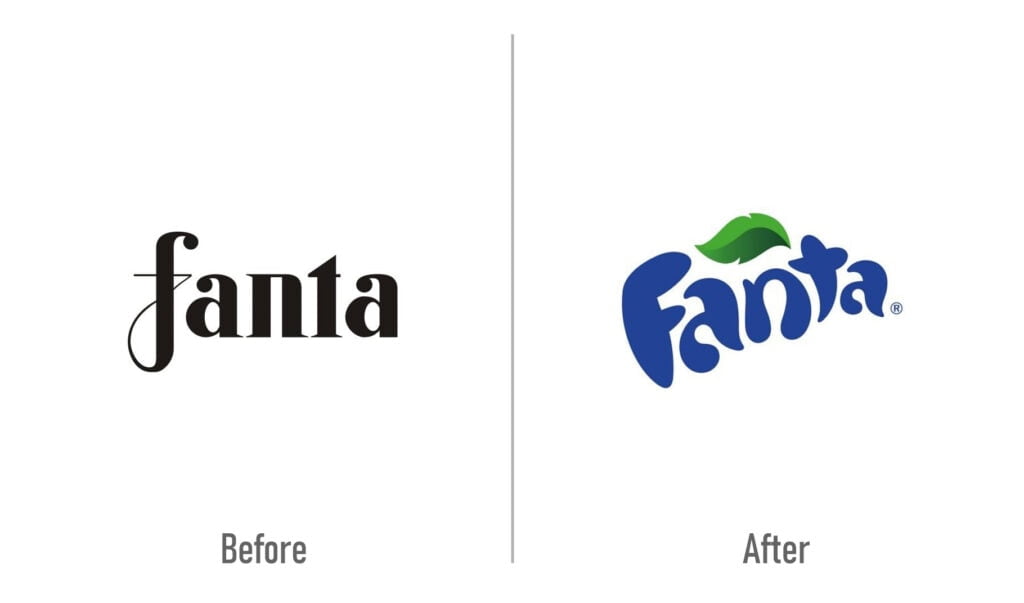
Fanta is a brand of fruit-flavored carbonated soft drinks created by The Coca-Cola Company. It is sold in more than 90 countries and was introduced in Germany in 1940 under the name Fanta Kirschwasser (cherry water), before being renamed Fanta in 1941.
Fanta was created as a competitor to the already existing German drink called “Orangina”, which had been invented in France by Louis Pastis. Both drinks were made from artificial flavors, and their names were derived from the word “fantastisch”. In English usage, this word means “remarkable” or “excellent”.
The distinctive citrus taste of Fanta was achieved using oils extracted from orange peels. At first, natural oils were used but later switched to petrochemicals due to the supply shortages caused by World War II (1941-1945).
5. Google
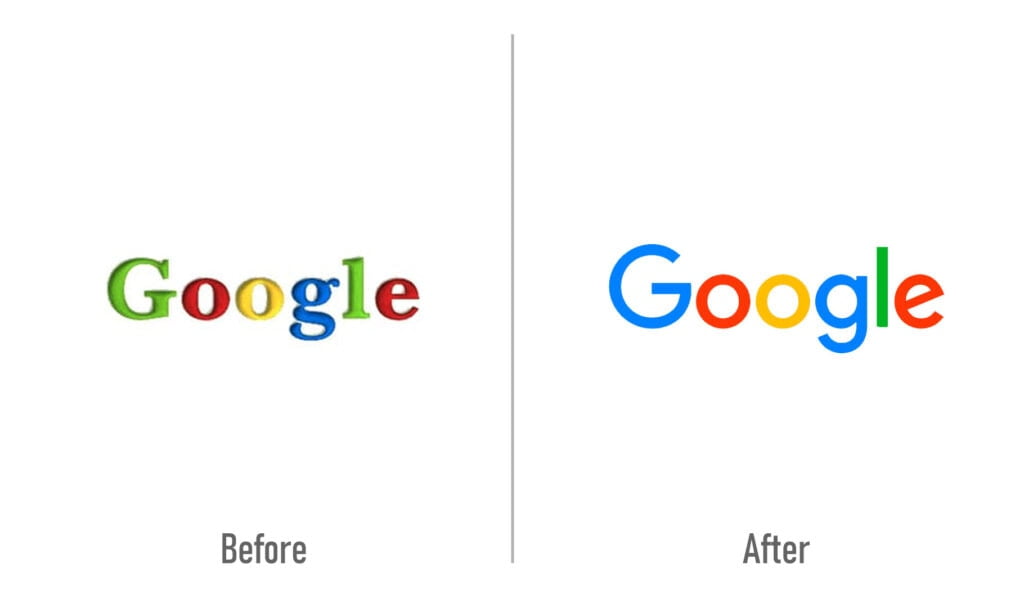
Google. With a humble beginning as a Stanford University project, Google’s first logo was a bit of a mess. When the company was incorporated in 1998, the logo took on more refined shapes and colors, but there were still some kinks to work out. The third iteration of the Google logo is what stuck, with its three primary colors and simple wordmark. We’ve come to know this version as synonymous with Google itself—to such an extent that it now serves as their official logo worldwide (in addition to being used on all devices). To date, one billion people use their services each month!
6. MasterCard
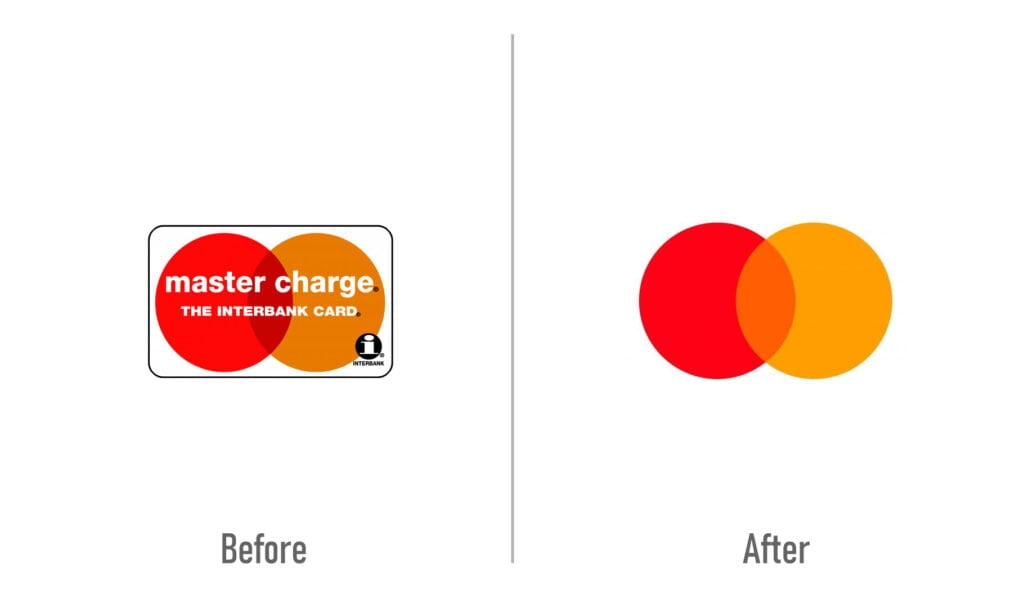
MasterCard is the world’s second-largest payment network. It serves as a physical, virtual, and e-commerce gateway for consumers, financial institutions, retailers, businesses, and governments worldwide. MasterCard’s new logo is a modern, vibrant and colorful symbol that reflects the future of payments.
The new logo is a bold statement that MasterCard is a global brand with a global presence; it reflects our mission to be at the forefront of innovation in payments technology while remaining true to our roots as an industry pioneer.
7. Lufthansa

Lufthansa is a German airline and one of the largest in Europe. Their logo is a stylized crane in a circle, as shown above. The crane’s head is tilted slightly to the left, its beak points upward and slightly to the right, and its wings are extended outward.
In 2006 Lufthansa updated its branding to emphasize its new slogan “the world on time.” The most noticeable change was replacing their “blue bird” logo with a new livery that included multiple colors (including blue), but they also modified other elements of their identity including updating their font for text-based applications such as signage or advertising materials like brochures/magazines/posters, etc., as well as adding an exclamation mark after some words such as “Welcome!”
8. Starbucks
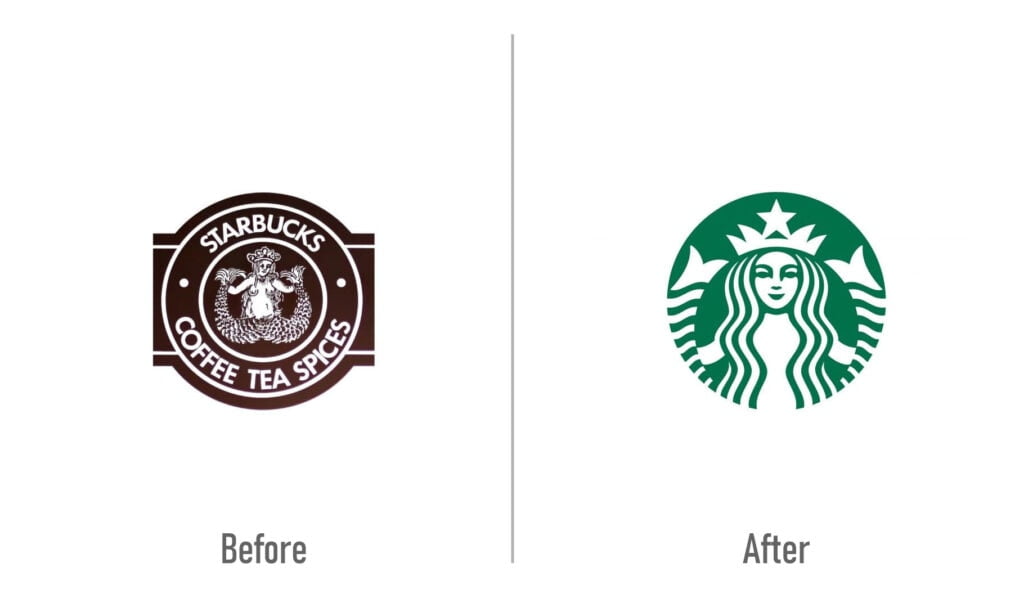
The Starbucks logo is a very popular example of a successful logo redesign. The company introduced its new logo in February 2008, just a few months before the release of the iPhone. The Starbucks logo is a very popular example of a successful logo redesign.
The Starbucks logo is very similar to the old one, but it does have some notable differences. First of all, the font has been changed from a serif to a sans-serif typeface (meaning that it has no “feet” on its letters). This change makes sense for a brand like Starbucks because it allows them to use their logo in all sorts of different applications without looking out of place.
9. HP
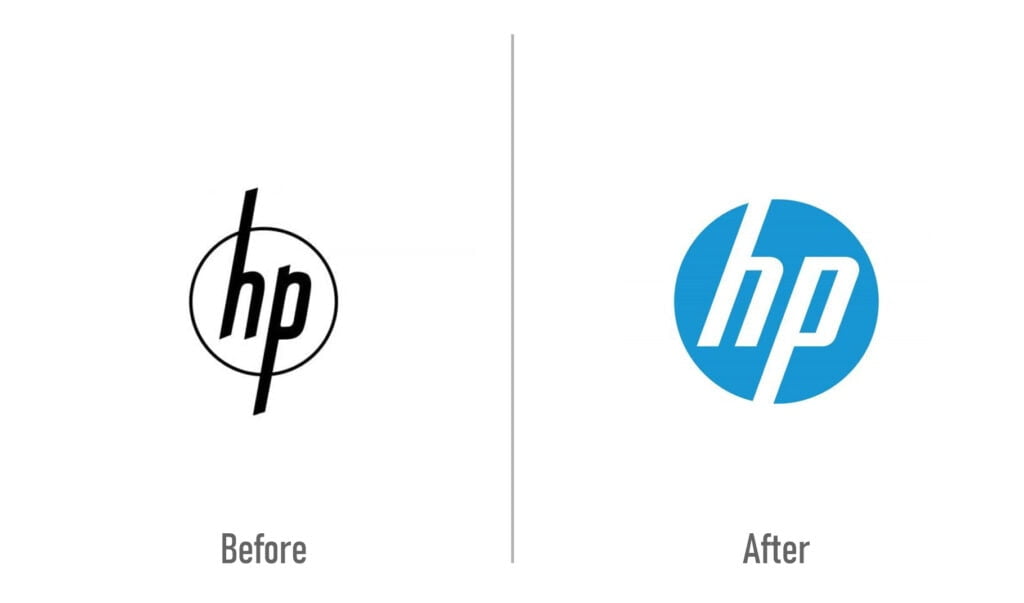
In 2011, HP decided to redesign its logo. The company had grown considerably since its inception in 1939, so a new identity was needed to reflect this growth.
HP rebranded with a new logo that was inspired by their old one: the letters H and P were reversed and the font changed from Helvetica to Avenir. The symbol became more geometric but retained some of its original curves, creating a hybrid design that combines classic elements with modern touches. During this process, HP also developed a new set of guidelines for using their logo on different media (e.g., how much space should be left around it or whether you can use color).
10. Pepsi
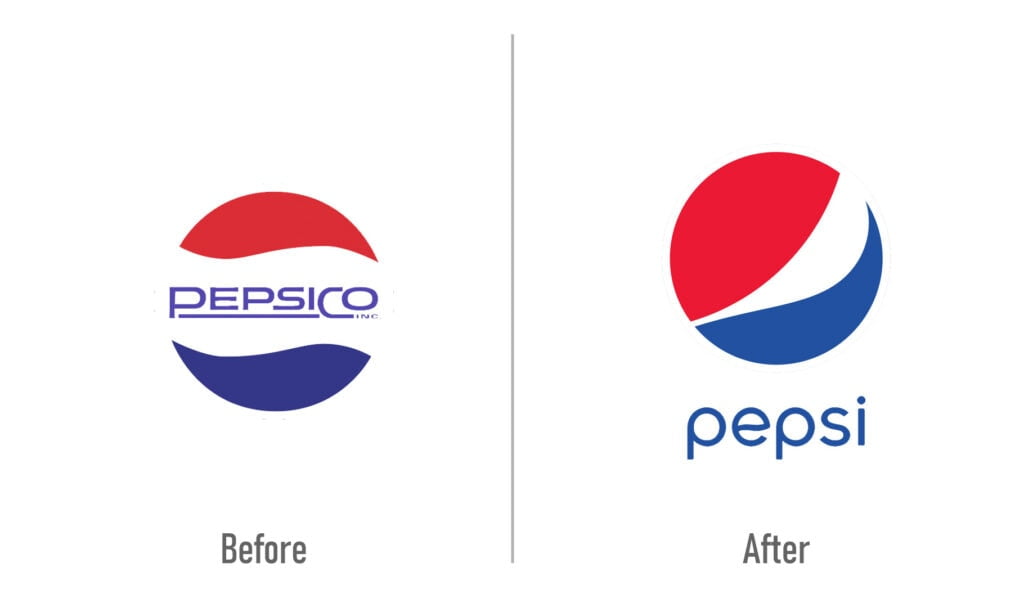
The Pepsi logo redesign in 2008 was not the first time the company had changed its identity. In 1997, Pepsi introduced a new version of its signature logo with a more “modern” look, complete with an italicized lowercase font and wider spacing between letters. But then in 2008, Pepsi took another shot at rebranding—this time with a much bigger change: they switched from their traditional blue-and-white color scheme to red-and-blue (think Coca-Cola).
This sudden shift left many people scratching their heads as they wondered why such a well-loved brand would suddenly change everything about its appearance. At first glance, it may seem like nothing more than a desperate attempt to confuse customers into thinking that “Pepsi” is also now available in classic red cans instead of just diet green ones. But if you look closely at this new design and understand what makes logos work well or badly, you’ll see how this new version works perfectly for an increasingly diverse audience looking for something fresh and bold after years of seeing only one thing all over again—and feeling hungry!
11. McDonald’s
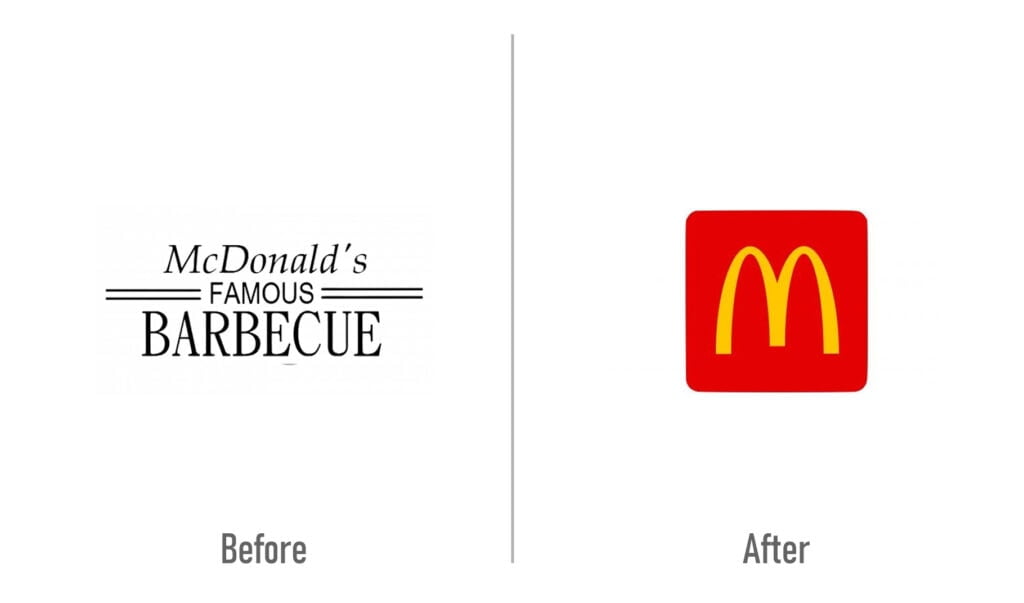
McDonald’s is one of the world’s best-known brands and its logo has become synonymous with fast food. The iconic golden arches were introduced in 1968 as part of a brand overhaul that included new uniforms, signage, packaging and restaurants. If you’ve ever wondered why McDonald’s calls itself “the Golden Arches,” now you know!
The first McDonald’s restaurant opened in San Bernardino, California in 1940. A year later founder Richard (Dick) McDonald designed this logo with his sister Margaret at home on a piece of paper while he was out sick from work. The original logo featured an image of two hamburgers combined to create an “M” shape when flipped upside down—which became known as the “Golden Arches.”
12. FedEx
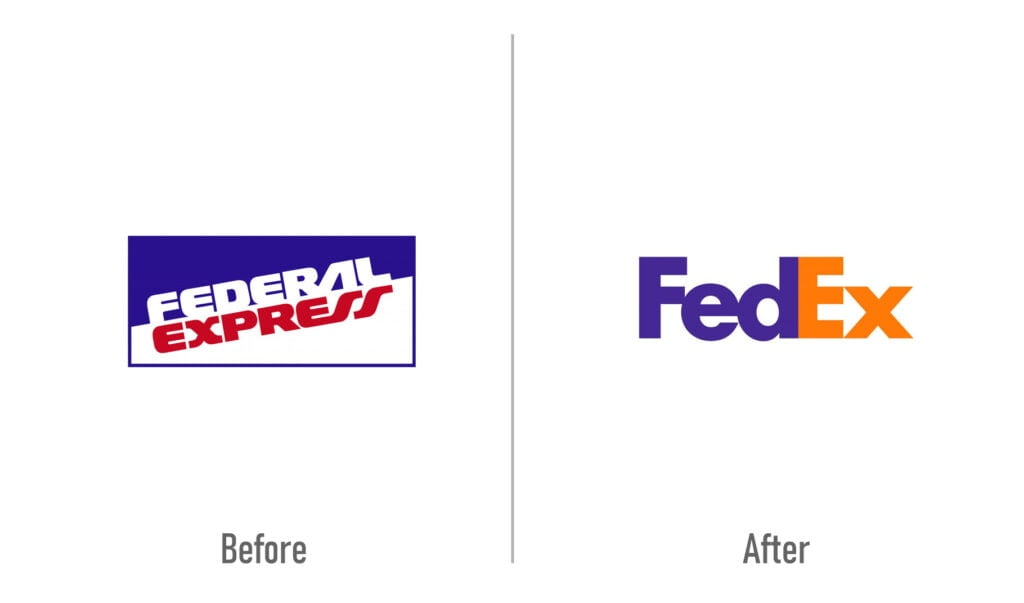
The company is one of the largest logistics companies in the world, and it was founded in 1973 by Fred Smith. Before their rebranding in 1993, their logo had been around for over 30 years. The new logo was designed by Lindon Leader, who was the founder of Leader Design. Their expansion into new markets such as Europe meant that they needed a more modern look that reflected their growth.
Importance of Logo Re-Design
Logo redesign is an important part of the branding process and we should do it in an effective way. It should be done in a way that will help the brand grow, be more competitive, or just overall improve its visibility.
A logo redesign can also be helpful if you want to change your target audience and position yourself as something new and fresh on the market.
It’s always good to analyze potential changes before implementing them. Logos are powerful visual elements that communicate ideas about your business or product, so you should make sure they speak for themselves before making any changes!
Conclusion
As you can see, redesigning your logo is a huge decision. It’s not something that should be taken lightly or done on a whim. But if used properly, it can be the key to revitalizing your brand and keeping it relevant in today’s marketplace. A good logo should be versatile, dynamic, and timeless. It should represent your brand and provide a visual cue for customers to recognize your business or product. If you’re looking for help with your brand identity or logo design, don’t hesitate to reach out!
Recommended Reading: 10 Logo Color Combinations to Make your Design Stand Out
1 thought on “12 Logo Redesigns of Big Brands That Changed Their Identity Forever”